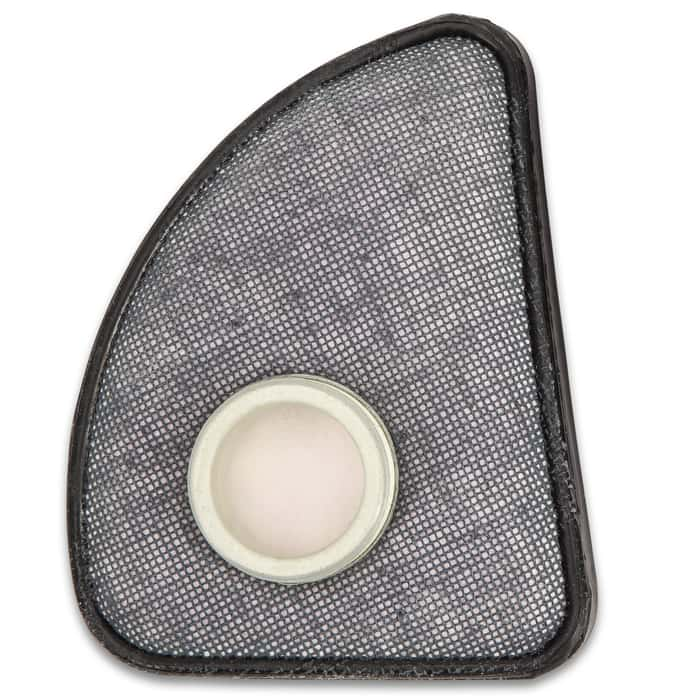
Your mask MUST have a functioning Exhalation Valve to work properly. The exhalation valve expands as you breathe out, then immediately snaps shut to protect you from dangerous environments. (1) Exhalation Valve – This is one of the most critical components for ensuring your mask seals properly and performs reliably. These inner valves are meant to be installed on the oro-nasal cup itself, along with the inhalation ports to prevent the backflow of filtered air back through the filter.

(4) Inner Mask Valves – MIRA Safety gas masks come with an oro-nasal cup (also called an inner mask) to prevent fogging and help redirect the flow of CO 2. The Essentials Gas Mask Replacement Parts Kit includes: Please note, for the CM-7M, CM-8M, and TAPR, inner mask valves will not be necessary. This kit is compatible with the CM-6M (all variants), CM-7M, CM-8M, and the TAPR. In most cases, wear parts should be replaced at least every five years for masks in storage and more frequently for masks in active use. Whether it’s a matter of wear and tear or just passing long years in storage, your gas mask has several parts that absolutely must be replaced at specific intervals in order to maximize the protection your respirator offers-and minimize the risk of unexpected exposure. For example, during chlorine gas attacks in World War I, armies used masks containing chemicals designed to react with and neutralize the chlorine.Keep your gas mask in peak condition with the MIRA Safety Gas Mask Replacement Parts Kit. The third technique involves chemical reactions. Sometimes, the activated charcoal can be treated with other chemicals to improve its adsorption abilities for a specific toxin. At that point you must replace the filter. It also means that, once all of the bonding sites are filled, an activated charcoal filter stops working. This means that an activated-charcoal filter will remove certain impurities while ignoring others. Many other chemicals are not attracted to carbon at all - sodium and nitrates, to name a couple - so they pass right through. When certain chemicals pass next to the carbon surface, they attach to the surface and are trapped.Īctivated charcoal is good at trapping carbon-based impurities ("organic" chemicals), as well as things like chlorine. The huge surface area of activated charcoal gives it countless bonding sites. When a material adsorbs something, it attaches to it by chemical attraction. These so-called active, or activated, charcoals are widely used to adsorb odorous or coloured substances from gases or liquids.

The use of special manufacturing techniques results in highly porous charcoals that have surface areas of 300-2,000 square metres per gram. (See this Question of the Day for details on how charcoal is made.) Activated charcoal is charcoal that has been treated with oxygen to open up millions of tiny pores between the carbon atoms. The most common approach with any organic chemical (whether it be paint fumes or a nerve toxin like Sarin) is activated charcoal.Ĭharcoal is carbon. Any particulate filter eventually clogs, so you have to replace it as breathing becomes difficult.Ī chemical threat needs a different approach, because chemicals come as mists or vapors that are largely immune to particulate filtration. Most biological particulate filters remove particle sizes as small as 0.3 microns. An anthrax bacteria or spore might have a minimum size of one micron. In a gas mask designed to guard against a biological threat, a very fine particulate filter is useful. If you have ever held a cloth or handkerchief over your mouth to keep dust out of your lungs, you have created an improvised particulate filter. Particle filtration is the simplest of the three. Chemical reaction to neutralize a chemical.


 0 kommentar(er)
0 kommentar(er)
